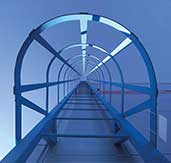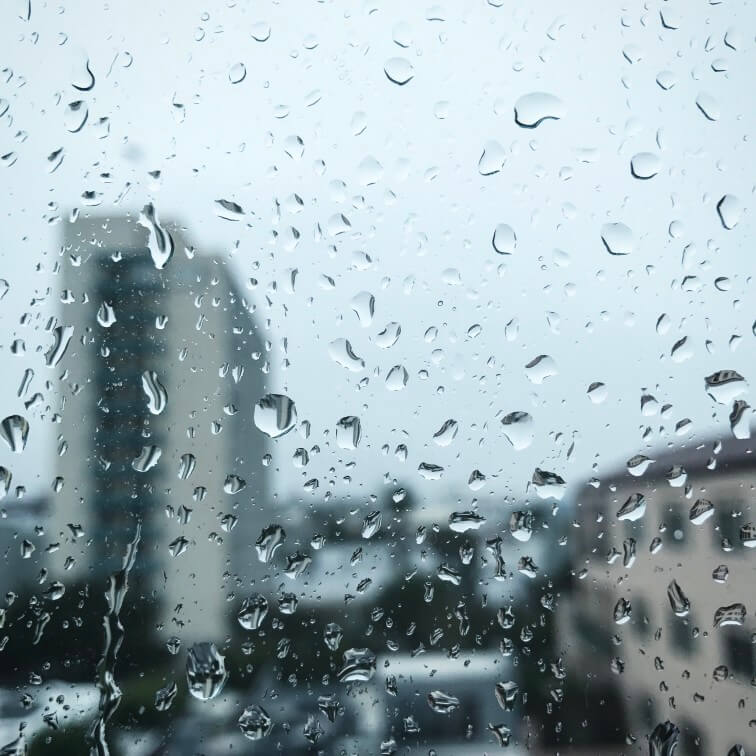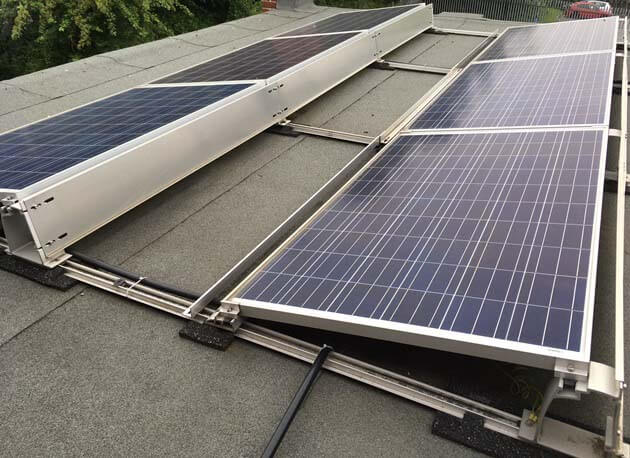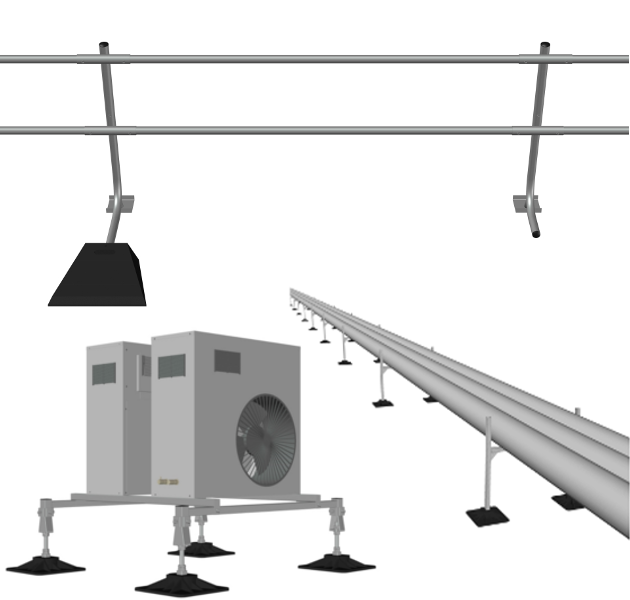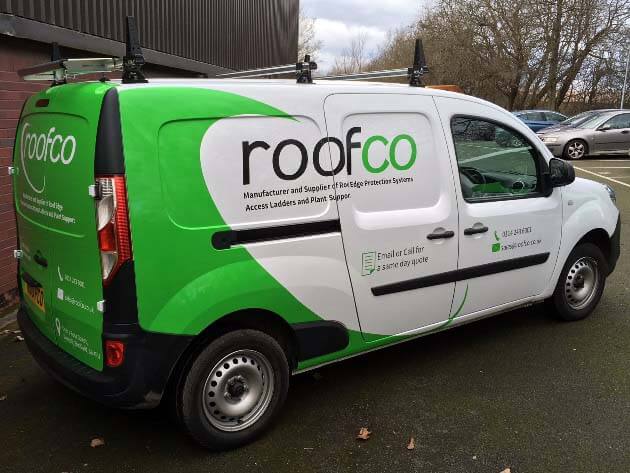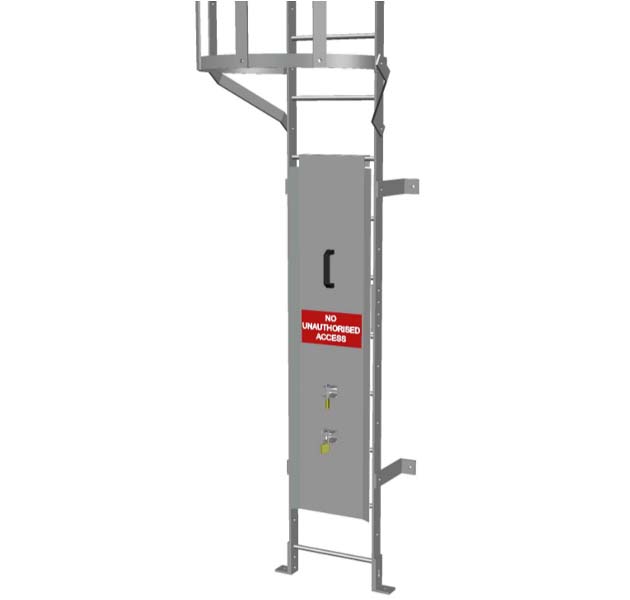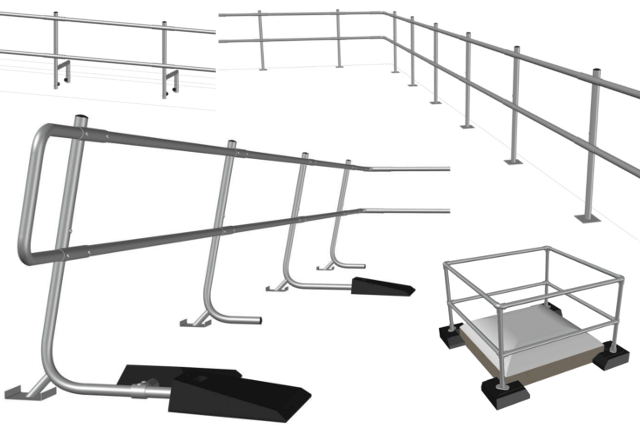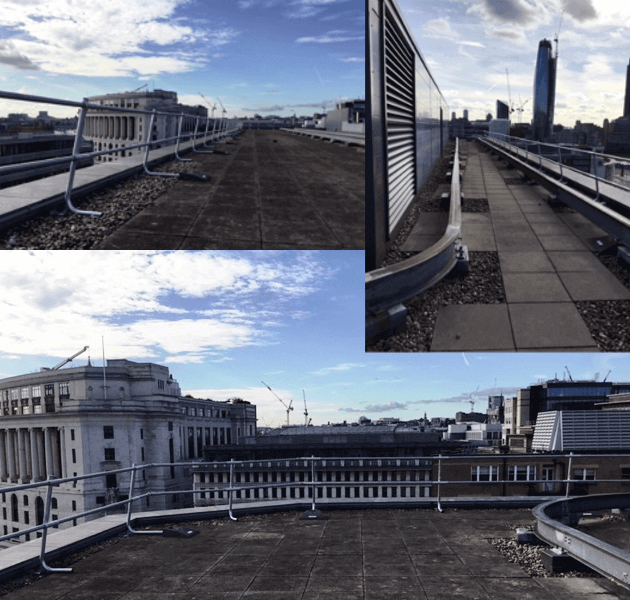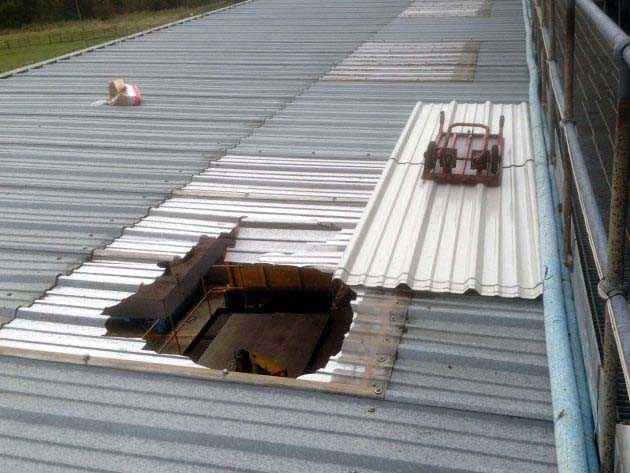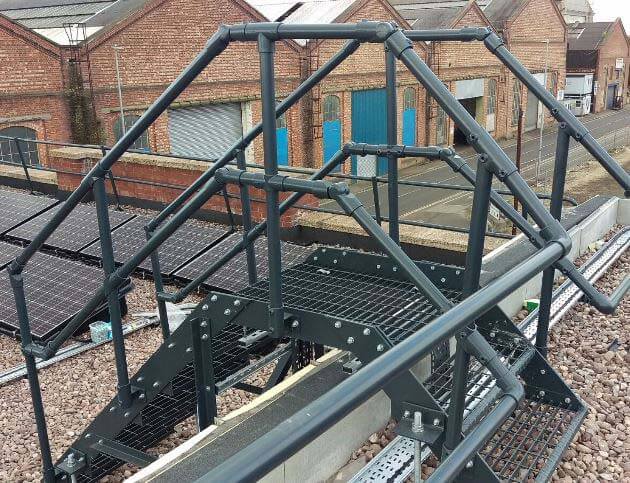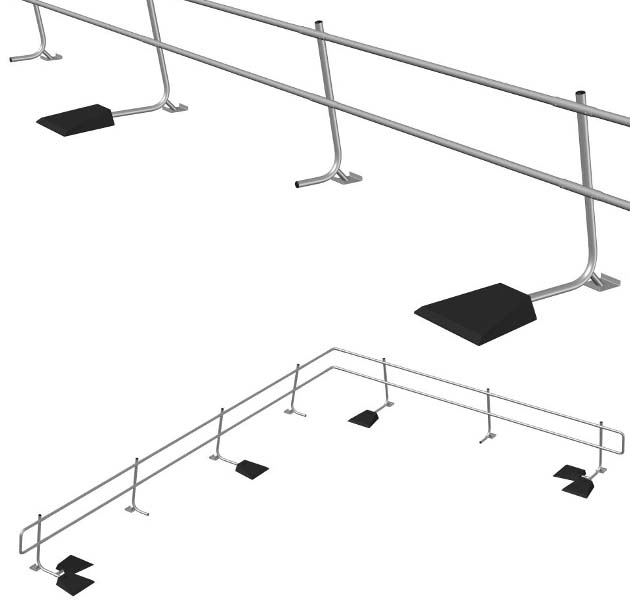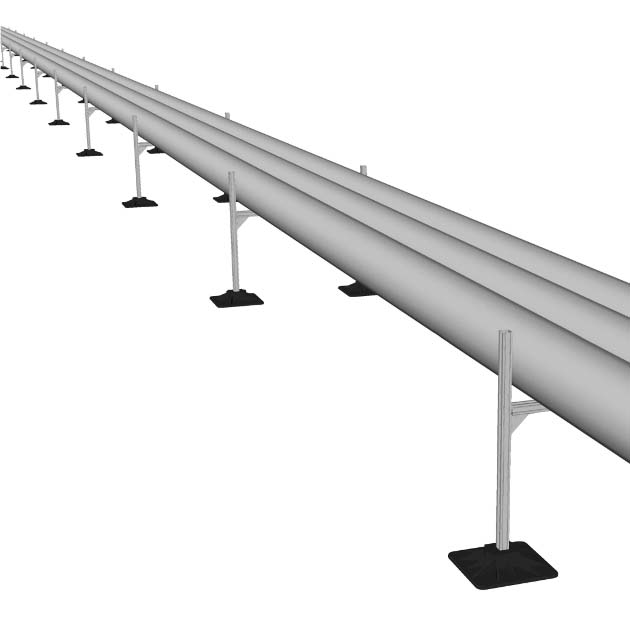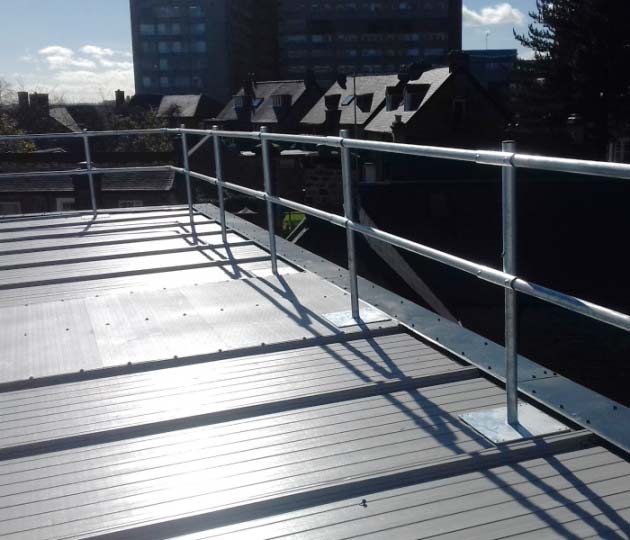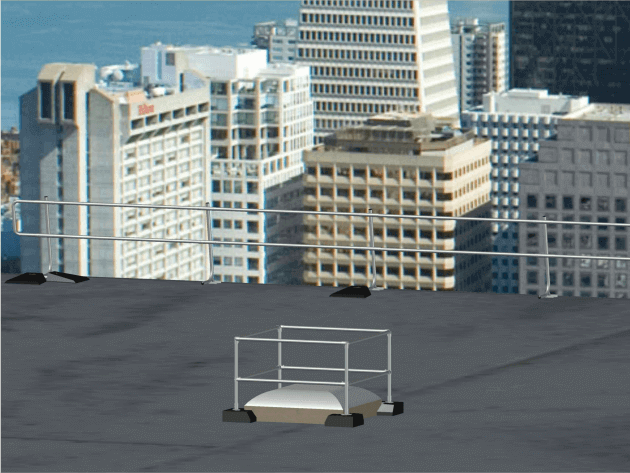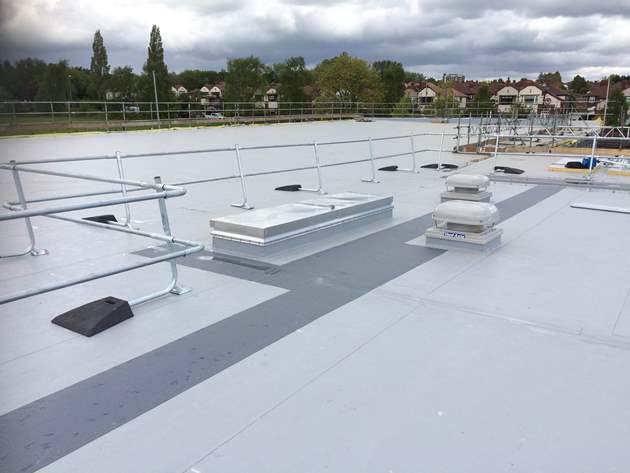Roof safety is particularly important in winter: high winds, frost, ice, snow, and heavy rain can all make working on your roof difficult. We’ve come up with some top tips to help your maintenance workers and roof contractors stay safe in the chilly months!
1) Be Prepared With An Autumn Check
Before the bad weather really sets in, take some time to walk around your business premises roof. Take note of any fragile areas, anywhere that may cause leaks, and any potential hazards such as cables laying directly on the roof.
Temperature changes and increased ultraviolet light in the summer can cause defects to the integrity of a roof, particularly in high-traffic areas around access points. Take note of any wear and tear on the rooftop in these areas, as they could be either trip or leak hazards in the future.
Make an action plan! Identify which of these potential hazards need action before the winter sets in. It could be something as simple as raising cables out of pools of water and into cable trays. This prevents potential trips across the cabling, and also stops them becoming frozen into water.
2) Ensure Essential Roof Maintenance Is Completed In Good Time
Make appointments with your regular maintenance contractors to conduct a visit to your premises. They can then ensure all plant such as heating and air conditioning units are fully functioning, as well as highlight potential problems before they happen. For example, should any plant need replacing due to faults, this can be done in good time prior to poor weather setting in.
3) Avoid Roof Access In High Winds And Rain
It sounds obvious, but sometimes it seems essential to send roof contractors onto your roof in bad weather conditions – such as when your roof is leaking!
Being prepared for the winter means you’ll be more aware of potential problems before the bad weather happens, and you can fix any areas which may cause leaks in good time. However, if you must send contractors onto your roof in difficult conditions, make sure they are fully protected with suitable personal safety gear.
4) Check The Weather Reports Regularly
Whether you have planned maintenance work coming up, or a sudden hazard such as a broken skylight or plant unit has occurred, be sure to keep an eye on the weather reports. Even if the weather seems fine to send someone up in the immediate future, if the job is going to take more than a short time to complete, make sure the weather report confirms suitable conditions for the time required.
You don’t want half a job done before a hailstorm hits, so stay alert on Theweatheroutlook.com or a similar weather website whenever you need roof maintenance or repairs.
5) Have Good Roof Safety Systems In Place
If you absolutely have to send roof contractors up onto your business premises rooftops in poor weather, or you have plant which requires regular access whatever the weather, invest in a good roof safety system.
Even freestanding rails can be secure against wet weather and poor conditions: the Rhino Rail is tested to ensure stability even on wet roof membranes, thanks to the unique weighting system. This means that, should anyone need to access your rooftop in adverse conditions, their safety is as secure as it would be on a hot, dry day.
That’s all there is to it! Seasonal roof safety is simple, it just takes a bit of planning. If you need help getting your roof safety guard rails, cable trays, or plant stands installed before the Arctic weather hits, be sure to get in touch.






